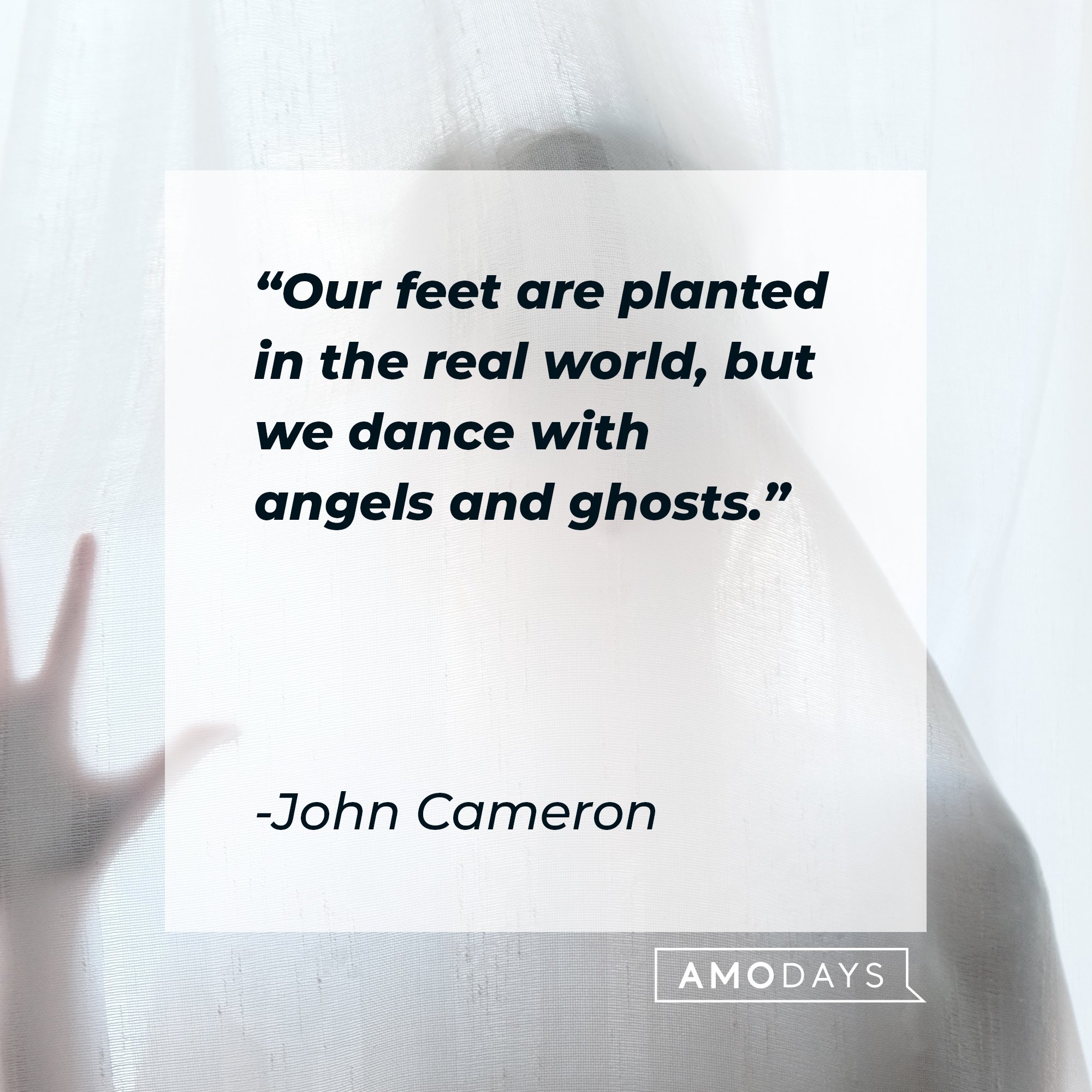I thought I understood the concept to mean musical pace, rhythm and timing. However I have come to think of it as more than that- explanation in a minute.
A system with a lack of PRAT sounds mono level- at a micro dynamic level, minor swings in volume, not opposed to big swings in level which is different- meaning all sounds tend to be banded together in a limited micro bandwidth and when listening tends to sound flat and unexciting, like the music just sits there by comparison.
However once I acquired fast speakers and a fast class A amplifier PRAT took on a whole new meaning for me. It was no longer just about rapid transitions in micro dynamics, it also became about musical element separation and audible distinction. Musical elements became much more on their own in space, relative volume level and distinction / clarity. It was as if each voice or instrument had its own physical channel and speaker. Everything stood out more on its own and quite amazing. The music and sound had much more contrast which let the pace and rhythm of each instrument become clearly audible. A drum track in the background was much easier to follow and focus on because it was much more delineated than with a less dynamically capable system which seemed to blend everything together.


